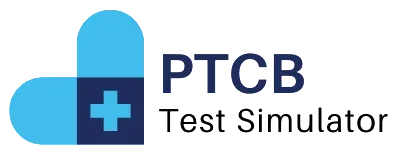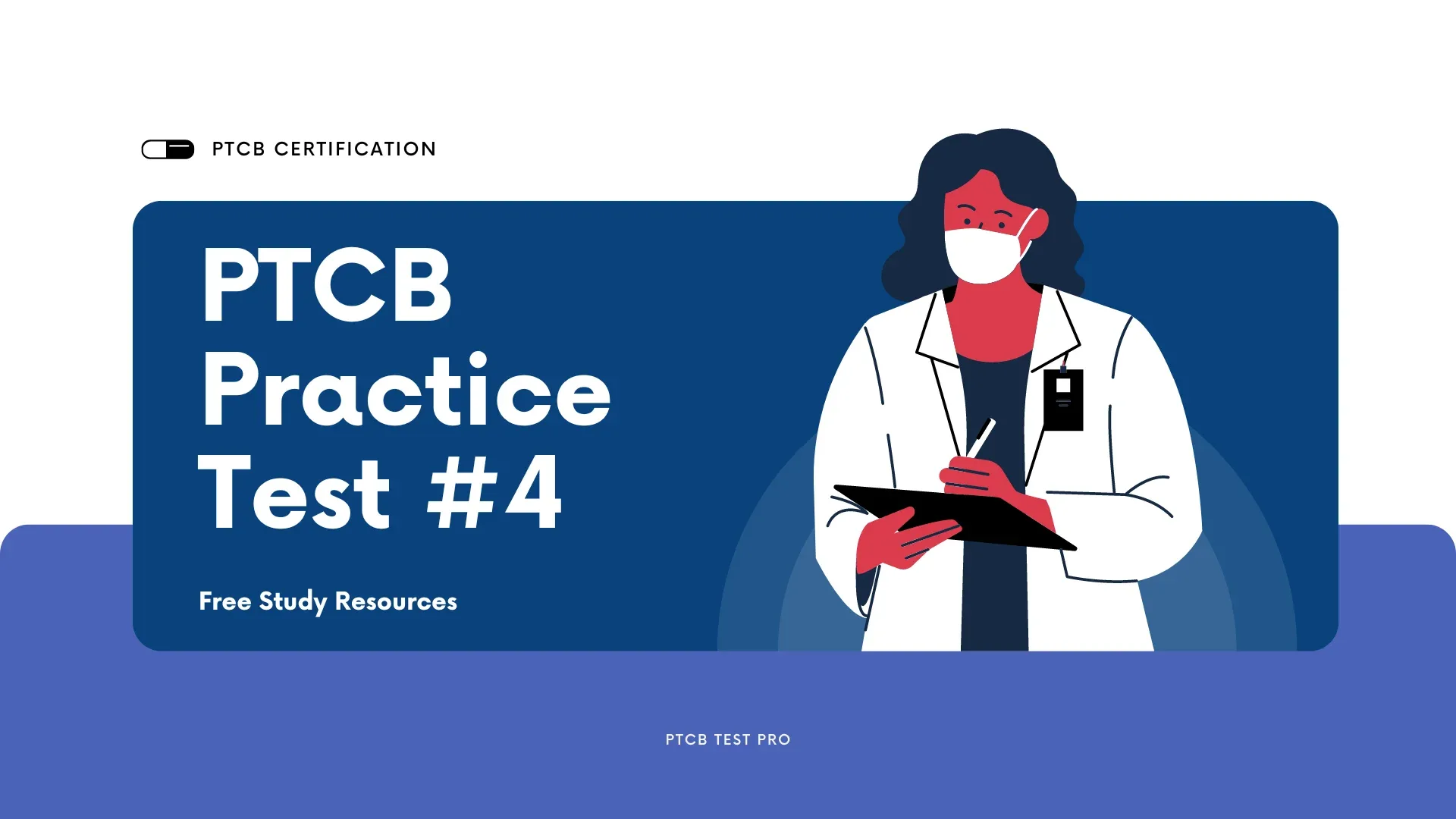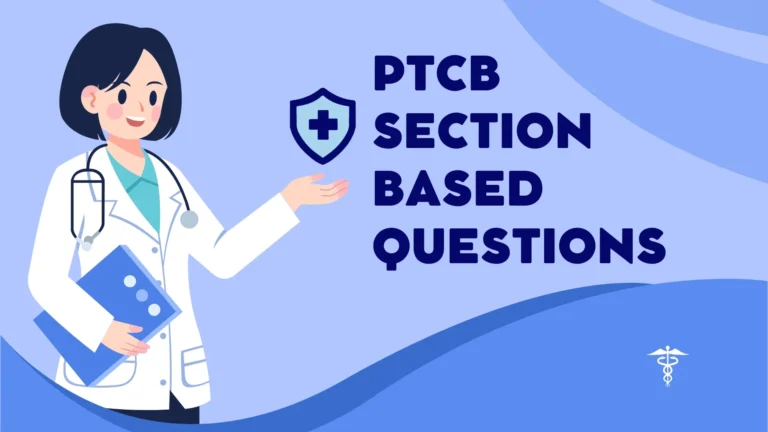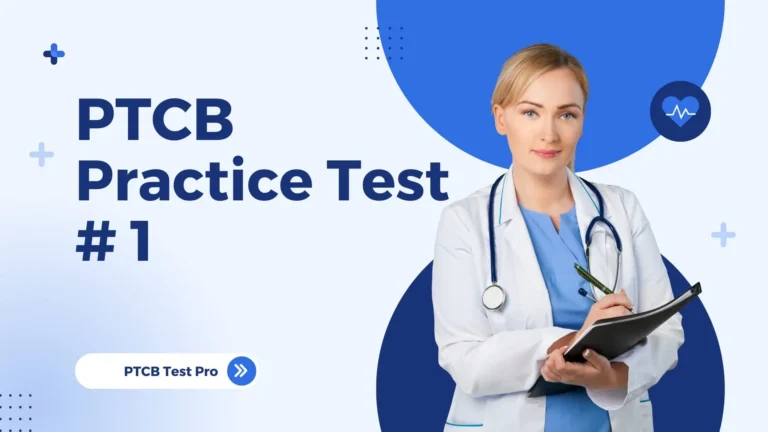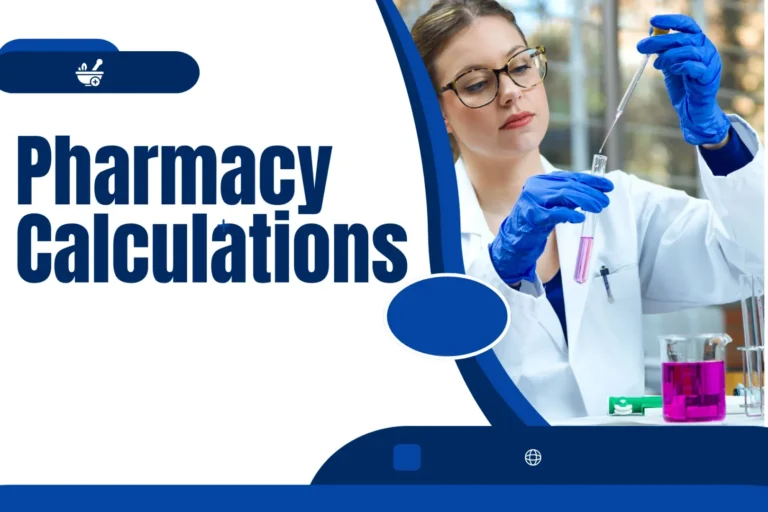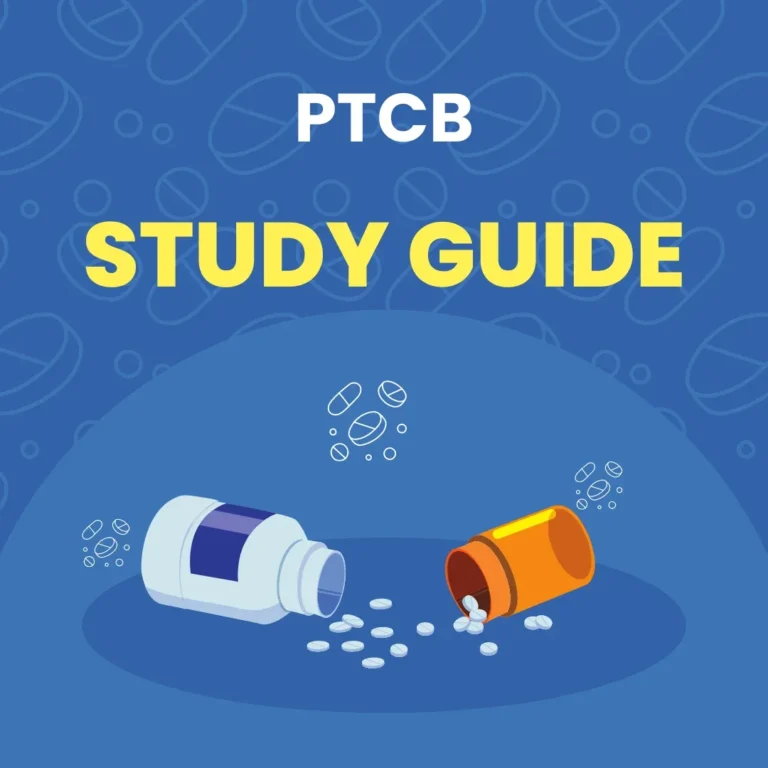Practice Test 4
The Pharmacy Technician Certification practice test is a critical step for those pursuing a career in pharmacy technology. It assesses a range of skills and knowledge areas, including pharmacology, pharmacy law, medication safety, drug interactions, and mathematical calculations. To help you prepare, this article provides a comprehensive PTCB Practice Test 4, covering a variety of topics you’ll need to know for the exam. By practicing with this test, you’ll be better equipped to handle the real PTCB exam and excel in your role as a pharmacy technician.
Try More Practice Tests
Pharmacy Technician Certification Practice test
This Practice Test 4 is designed to cover a range of topics that are commonly tested on the Pharmacy Technician Certification practice exam. It includes questions on pharmacology, pharmacy law, calculations, and medication safety. By engaging with this practice test, you’ll have the opportunity to identify areas where you need further study and gain confidence in your abilities.
Pharmacology Questions
Pharmacology is a fundamental topic on the Pharmacy Technician Certification practice test. It involves understanding drug classifications, mechanisms of action, common indications, and side effects. Let’s start with a few pharmacology-related questions.
Question 1: Drug Classifications
Which class of medication is commonly used to lower cholesterol levels? A) Statins B) Beta-blockers C) ACE inhibitors D) SSRIs
Answer: A) Statins
Explanation: Statins are a class of medications used to lower cholesterol levels in the blood. They are commonly prescribed to reduce the risk of heart disease and stroke. Understanding drug classifications is essential for the Pharmacy Technician Certification practice exam.
Question 2: Common Side Effects
What is a common side effect of selective serotonin reuptake inhibitors (SSRIs)? A) Sexual dysfunction B) Hair loss C) Hypertension D) Weight gain
Answer: A) Sexual dysfunction
Explanation: SSRIs, commonly used to treat depression, can cause sexual dysfunction, including decreased libido and difficulty achieving orgasm. Recognizing common side effects is crucial for patient counseling and the PTCB exam.
Pharmacy Law and Regulations
Pharmacy law and regulations are a significant part of the PTCB exam. This includes understanding federal laws, controlled substances regulations, and medication safety standards.
Question 3: Federal Legislation
Which legislation established the Food and Drug Administration (FDA) and governs the approval of new drugs? A) Food, Drug, and Cosmetic Act B) Controlled Substances Act C) HIPAA D) Omnibus Budget Reconciliation Act
Answer: A) Food, Drug, and Cosmetic Act
Explanation: The Food, Drug, and Cosmetic Act (FDCA) established the FDA and provides the framework for regulating the safety, efficacy, and labeling of drugs. Knowledge of federal legislation is vital for the PTCB exam.
Question 4: Controlled Substances Schedules
How many schedules are there in the Controlled Substances Act? A) Three B) Five C) Seven D) Ten
Answer: B) Five
Explanation: The Controlled Substances Act categorizes controlled substances into five schedules, based on their potential for abuse and accepted medical use. Schedule I has the highest potential for abuse, while Schedule V has the lowest.
Medication Safety and Drug Interactions
Medication safety is a critical aspect of pharmacy practice, and pharmacy technicians play a key role in ensuring patient safety.
Question 5: Medication Errors
What is the most common cause of medication errors in a pharmacy setting? A) Human error B) Equipment failure C) Software glitches D) Environmental factors
Answer: A) Human error
Explanation: Human error is the leading cause of medication errors in pharmacies. This can include misinterpretation of prescriptions, incorrect calculations, or dispensing the wrong medication. Understanding the causes of medication errors helps improve safety and is a key topic on the PTCB exam.
Question 6: Drug Interactions
Which of the following drug interactions is most likely to occur with warfarin? A) Increased risk of bleeding with aspirin B) Decreased effectiveness with vitamin K C) Both A and B D) None of the above
Answer: C) Both A and B
Explanation: Warfarin, an anticoagulant, has a high risk of drug interactions. Aspirin increases the risk of bleeding, while vitamin K decreases warfarin’s effectiveness. Knowledge of common drug interactions is crucial for the PTCB exam.
Pharmacy Calculations
Pharmacy calculations involve various mathematical skills, such as dosage calculations, unit conversions, and IV flow rates.
Question 7: Dosage Calculation
A patient requires 50 mg of a medication, but you have 25 mg tablets. How many tablets should be dispensed? A) 2 tablets B) 1 tablet C) 3 tablets D) 4 tablets
Answer: A) 2 tablets
Explanation: To determine the number of tablets to dispense, divide the required dose by the available strength. Here, the required dose is 50 mg, and each tablet is 25 mg. Thus, 50 mg ÷ 25 mg/tablet = 2 tablets.
Question 8: IV Flow Rate Calculation
An IV bag contains 500 milliliters (mL) and needs to be infused over 2 hours. What is the flow rate in milliliters per hour (mL/hr)? A) 250 mL/hr B) 200 mL/hr C) 300 mL/hr D) 150 mL/hr
Answer: A) 250 mL/hr
Explanation: To calculate the flow rate, divide the total volume by the total time in hours. Here, the total volume is 500 mL, and the total time is 2 hours. Thus, 500 mL ÷ 2 hours = 250 mL/hr.
Tips for Succeeding on the PTCB Exam
To excel in the PTCB exam, consider the following tips:
- Practice Regularly: Consistent practice with sample tests and quizzes helps reinforce your knowledge and build confidence. Use this Pharmacy Technician Certification practice Test 4 to assess your understanding.
- Understand Key Concepts: Ensure you have a solid grasp of the essential concepts in pharmacology, pharmacy law, medication safety, and calculations.
- Use Study Guides and Resources: Utilize study guides designed for the PTCB exam to improve your skills and cover all required topics.
- Join Study Groups: Study groups and online forums are excellent resources for discussing challenging topics and sharing study tips.
- Seek Guidance from Pharmacists: If possible, seek advice from experienced pharmacists or pharmacy technicians to gain insights into real-world scenarios and best practices.
By following these tips and practicing regularly with quizzes like this PTCB Practice Test 4, you’ll be better prepared for the Pharmacy Technician Certification practice exam and your future role as a certified pharmacy technician.
Conclusion
The Pharmacy Technician Certification practice exam covers a wide range of topics, from pharmacology and pharmacy law to medication safety and pharmacy calculations. This PTCB Practice Test 4 provides a comprehensive sample test to help you prepare for the exam and identify areas for further study. By focusing on these topics and practicing consistently, you’ll increase your chances of success on the PTCB exam and be better equipped for your career in pharmacy technology.
